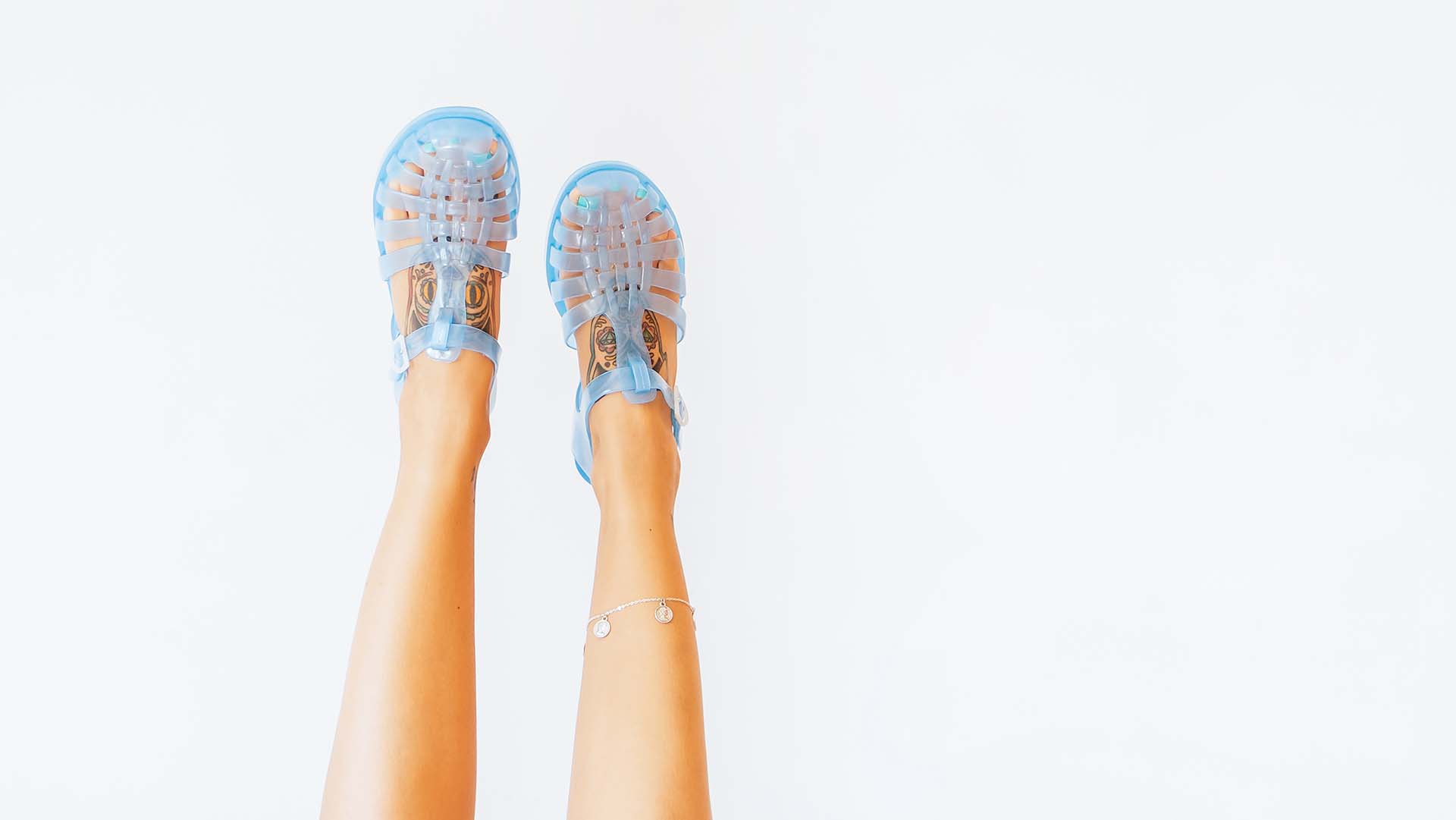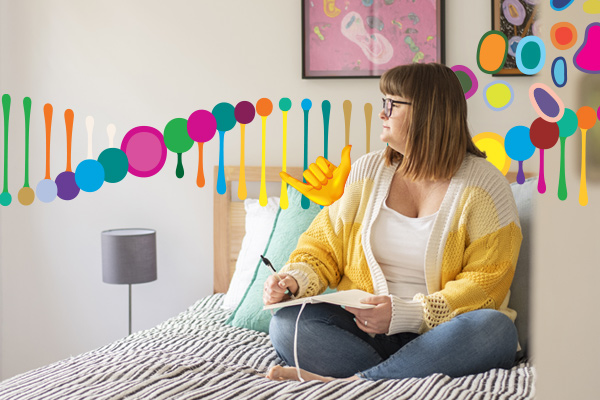-
With the rise of bloggers giving fashion sneakers a healthy resurgence, one would think that our feet would be well supported within flat rubber soles and laces. Unfortunately, the design is still dictated by aesthetic, and often neglects essential support, structure or cushioning.
Even though this footwear is healthier than a pair of stilettos, flat shoes can still have their fair share of problems. Without proper support, you’re at greater risk of long term foot problems like arch pain, tired feet, tendon inflammation and even deformities.
So, how can you choose a supportive, functional shoe, without compromising on style? Simple. Stay on the frontfoot and look out for these three key characteristics to choose shoes with form and function.
Make sure they're not too flimsy
If you can fold your shoes in half to fit into your pocket, they probably lack the firm structure (shank) required to properly support your foot. On top of this, they might be missing adequate midsole and outsole to provide protection and cushioning to the foot.
A shoe without a shank can lead to leg and foot fatigue, soft tissue overuse including heel pain (plantar fasciitis) and instability of the foot and ankle. Lack of an outsole can cause pain in the ball of the foot (sesamoiditis and metatarsalgia) and heel.
Before you toss your favourite ‘flimsy’ shoes, try adding support with a makeshift shank and midsole. If the shoes has removable insoles, they can be easily replaced with a customised or off-the-shelf orthotic. If there isn't enough room for an insole, a footbed designed specifically for fashionable footwear can also do the trick.
…Or too rigid
On the flip-side, a shoe that is too stiff in the sole can be equally damaging. Test this by bending your shoes; without a proper bend at the ball of the foot, your natural movement (like when walking) is restricted.
If there’s no movement, it’s too hard. If it does bend, make sure it’s happening at the ball of the foot, not the middle.
Rigid shoes can lead to rubbing on the heel and foot, and cause toes to grip, which leads to an overuse of the lower limb muscles. Unfortunately, without this key flexibility, there’s little that can be done to improve support. Looks like you may need to leave these ones on the shelf!
Look for a slight elevation
Our feet aren’t naturally flat, and a good shoe should reflect that. For example, a standard pair of running shoes with a heel of 12 mm creates enough lift to comfortably land at a heel strike angle, while also providing shock-absorption.
Lack of elevation can cause leg, foot and back pain, as well as soft tissue overuse injuries, like Achilles tendonitis.
So, for happy feet, choose a shoe that has elevation of 10 - 30 mm inside the shoe (like a small wedge). Alternatively, grab a removable soft heel raise from a podiatrist, physiotherapist or the pharmacy. You can even invest in an off-the-shelf footbed that’s transferable between your shoes to make sure you have constant support and comfort.
If in doubt, or if you are experiencing any of these problems, see a registered podiatrist for assessment and advice.
Your complete guide to choosing comfortable flat shoes

-
Eat for your eyes
Some of our favourite foods to help keep your eyes healthy.
-
How is ‘phubbing’ hurting your relationships?
Here’s how to stop phubbing and be more mindful of your phone habits, to help improve face to face interactions with your family and friends.
-
Are the winter blues real?
Simple ways to boost your mood in winter.
-
Mental fitness explained
Just as you work to strengthen your body, your mental health deserves attention and exercise too.
-
The link between stress, anxiety and jaw pain
Physiotherapist Michael Chan explains how stress and anxiety can cause jaw pain, and how to help get some relief.
-
When you can't sleep next to your partner
You love everything about them – except their sleep habits.
Subscribe to receive the best from Live Better every week. Healthy recipes, exercise tips and activities, offers and promotions – everything to help you eat, move and feel better.
By clicking sign up I understand and agree to Medibank's privacy policy





.jpg)
